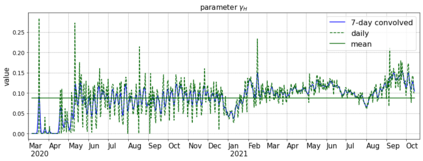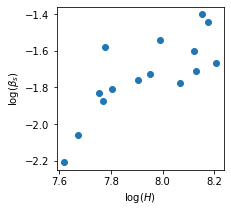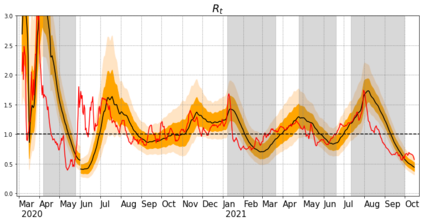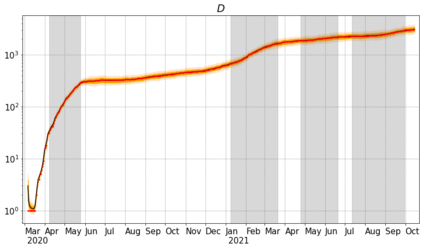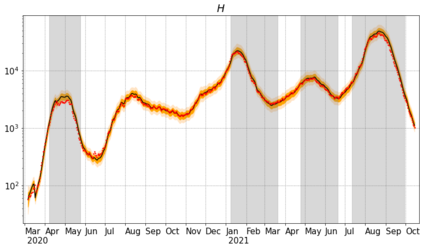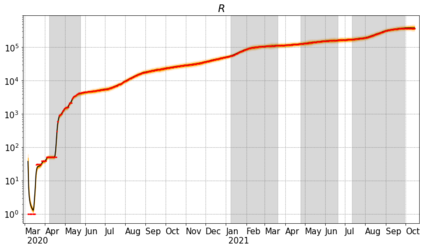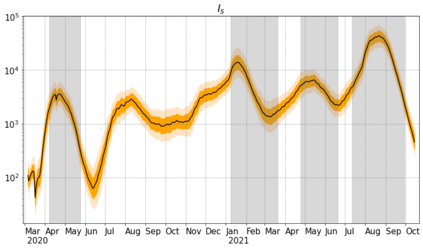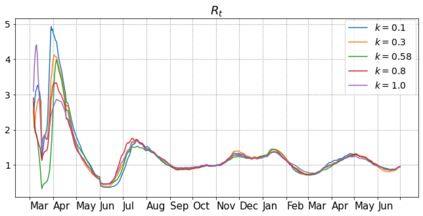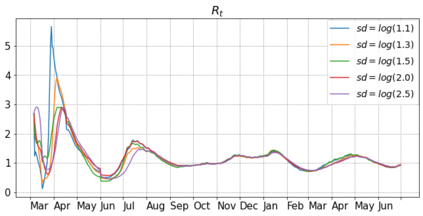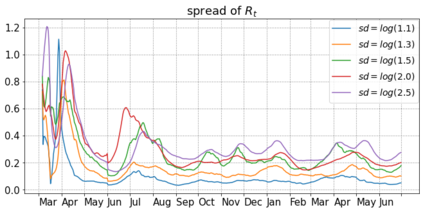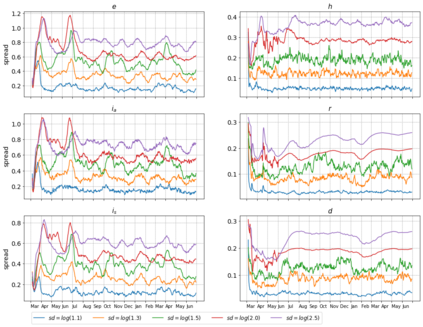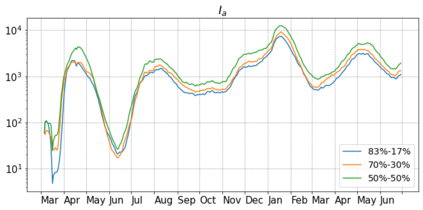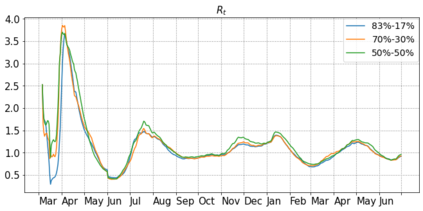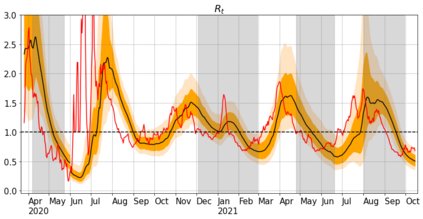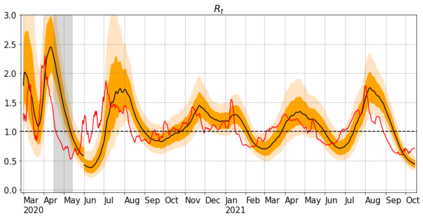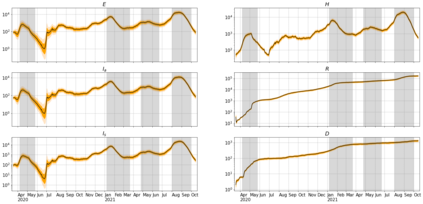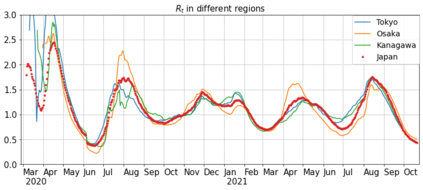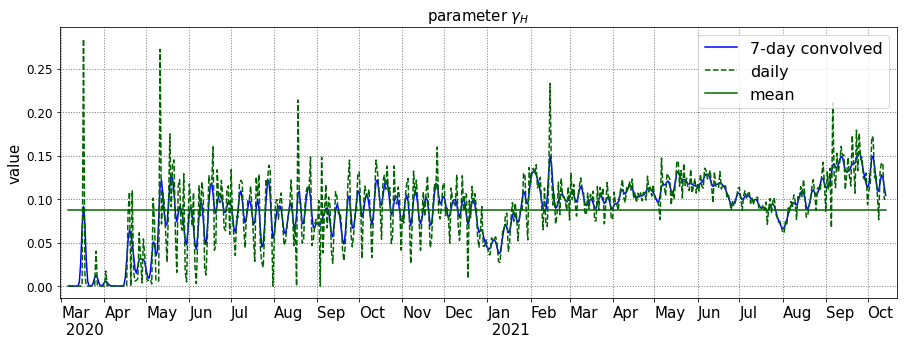We introduce an extended SEIR infectious disease model with data assimilation for the study of the spread of COVID-19.In this framework, undetected asymptomatic and pre-symptomatic cases are taken into account, and the impact of their uncertain proportion is fully investigated. The standard SEIR model does not consider these populations, while their role in the propagation of the disease is acknowledged. An ensemble Kalman filter is implemented to assimilate reliable observations of three compartments in the model. The system tracks the evolution of the effective reproduction number and estimates the unobservable subpopulations. The analysis is carried out for three main prefectures of Japan and for the entire population of Japan. For these four populations, our estimated effective reproduction numbers are more stable than the corresponding ones estimated by a different method (Toyokeizai). We also perform sensitivity tests for different values of some uncertain medical parameters, like the relative infectivity of symptomatic / asymptomatic cases. The regional analysis results suggest the decreasing efficiency of the states of emergency.
翻译:我们采用了扩大的SEIR传染病模型,为研究COVID-19的传播提供数据同化。在这个框架内,考虑到未发现的无症状和症状前病例的影响,充分调查其不确定比例的影响。标准SEIR模型不考虑这些人口,虽然承认他们在疾病传播中的作用。实施一个共同的Kalman过滤器,以吸收该模型中三个分区的可靠观测结果。该系统跟踪有效复制数的演变情况,并估计不可观察的子群。对日本三个主要省份和整个日本人口进行了分析。对于这四个人口来说,我们估计的有效生殖数量比用不同方法(Toyokeizai)估计的相应数量更为稳定。我们还对一些不确定的医疗参数的不同值进行了敏感度测试,如症状/症状病例的相对感染性。区域分析结果表明,紧急状况的效率下降。

